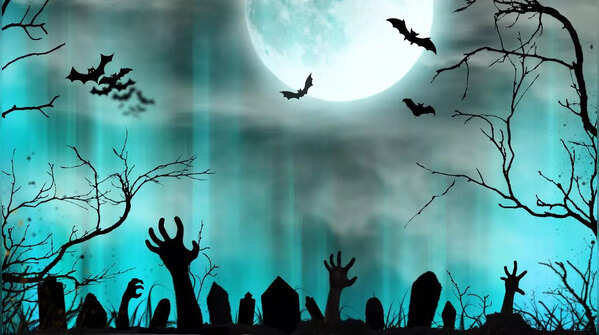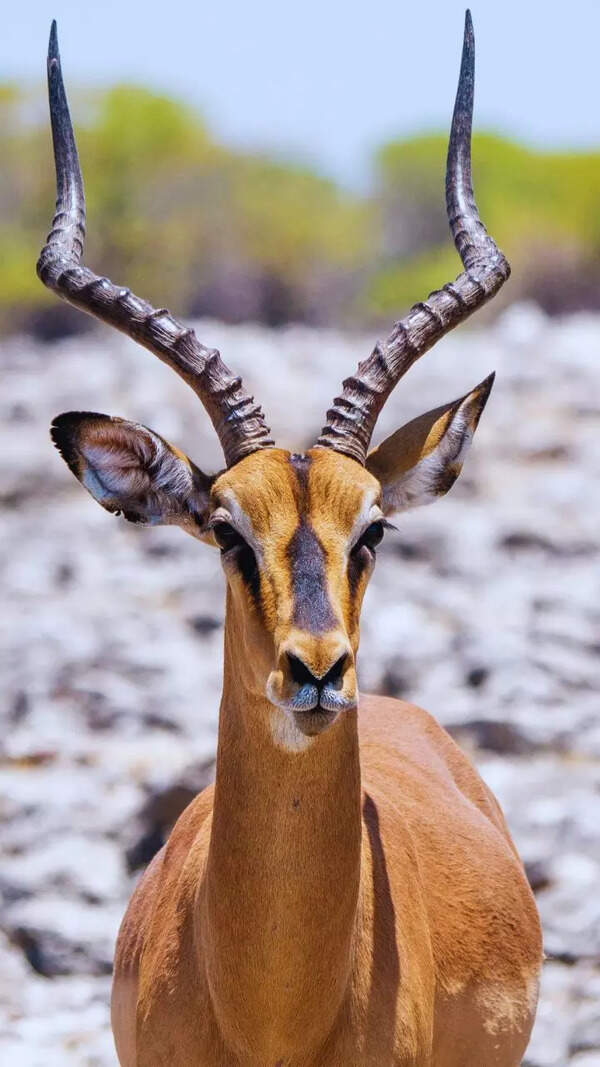From Ghost Bird to Ghost Tree: 5 spooky wonders of nature

From Ghost Bird to Ghost Tree: 5 spooky wonders of nature
Nature is full of beauty, wonder, and the occasional eerie surprises. While we often relate the strange and mysterious objects with horror movies or haunted houses, the natural world has its own collection of spine-chilling processes. These often come as creatures that seem to vanish into their surroundings or plants that look like they belong in a fantasy world. Wonders like these go across the fine line between curiosity and fright. While they’re not supernatural, they surely feel like they could be.
Some of these eerie looking things are named according to their ghostly appearance that can easily scare an unsuspecting observer. These natural oddities tell us that our world is filled with the unexpected. Here are five of nature’s most spooky wonders that blur the line between science and the supernatural.

The Ghost Bird
With its wide, staring eyes and strange, haunting call, the Potoo bird is commonly nicknamed the “ghost bird,” and it looks like it flew out of a nightmare. Being a native to Central and South America, it’s a master of disguise, blending into tree branches during the day with its mottled feathers. At night, it becomes active, emitting eerie, moaning sounds. Despite its unsettling look, the Potoo isn’t dangerous, instead, it feeds on insects and poses no threat. Still, its ghostly look is enough to send a shiver down your spine.

The Ghost Plant
Unlike most plants, the ghost plant doesn’t rely on sunlight for survival. Also known as Indian pipe, this waxy white flower lacks chlorophyll and instead draws nutrients from fungi in the soil. Its pale, nearly translucent appearance gives it an ethereal look like a plant from another realm. It is mainly found in dark, damp forests across North America and parts of Asia, and tends to appear suddenly, often after rain, which is an addition to its otherworldly presence in the wild.

Ghost trees of Yellowstone
In Yellowstone National Park, an eerie stand of trees still remains frozen in time. These “ghost trees” were killed when the ground beneath them became saturated with mineral-rich water from a volcanic vent. Over time, the minerals hardened around the trunks, preserving them like wooden statues. Now bleached and lifeless, these trees are an eerie contrast to their vibrant surroundings, making them one of the most ghostly sights in the American wilderness.

The Ghost Fungus
Glowing in the dark with a faint green-blue light, the ghost fungus is Australia’s bioluminescent strange surprise. While it may look magical, it’s actually a survival trick because bioluminescence possibly helps the fungus attract insects that spread its spores. Though it resembles edible mushrooms, it’s toxic to humans. Found mostly on dead wood, this glowing fungus creates a spooky forest floor display that has given rise to ghost stories and legends among those lucky enough to spot it at night.

Ghost Crabs
Fast, pale, and nearly invisible against the sand, ghost crabs are named for both their colour and their elusive behaviour. Found on tropical and subtropical beaches around the world, these crabs are mostly nocturnal, scuttling across shores with incredible speed. They have large eyes on stalks and can change colour slightly to blend in with their surroundings. Although harmless, their sudden appearances and vanishing tricks have earned them a spooky image among beachgoers.








